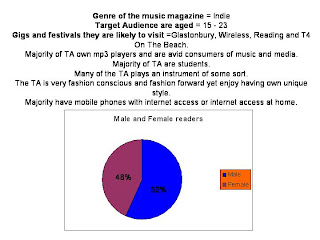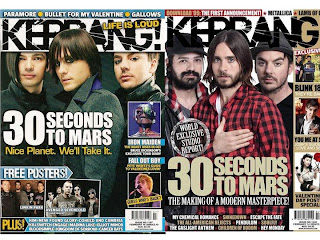I had the opportunity of going attending an all ages gig last night where some of the UK's unsung young talents were performing. Bands and artists such as RizzleKicks, MiLLion, Jake Bentley - Ross, MC Mozart (FunkieJunkie), Burning The Beginning, Access to Apollo The Special K's and The Indigos all competed for the prize of being able to perform to an audience at the 02 Arena. I thought this would be a great opportunity to get some interviews and pictures of the acts for my music magazine. The majority of acts where Indie artists which was perfect for my genre. I ensured that I emailed a few acts in advance and they were all happy to help out.
Here are a few of the questions I prepared in advance and asked all the bands and artists available on the night.
What genre would you describe your music as? When did your passion for music start?
You are a young and up coming artist/band, do you want to become rich and famous?
What would you do if you did become rich and famous?
What hair products do you use to get your hair looking so cool?
Your still in education, is it hard to fit in music at the same time?
What’s your philosophy in life, what do you hope to achieve?
What artist or band are you loving atm?
Who is your music icon?
Who is your fashion icon?
High street clothing or high end clothing?
Do you get a lot of attention from boys/girls because of your music?
Who is your celebrity crush?
What are the 3 most listened to songs on your iPod?
If you could play a gig anywhere in the UK, where would it be?
Where does your inspiration come from?
What’s your favourite hangout in London?
What’s your favourite holiday destination?
You have a very dedicated fan base; do you think you would be as successful without them?
On a scale of one to ten how good was the gig tonight?
Where do you see yourself in 10 years time?
What advice would you give to other young talent who want to go into music?
What would you say makes you or your band unique?
What are the best musical experiences you have had so far?
What motivates you?
Do you write your own material – where do your ideas derive from?
Are there any dreams or goals that you have yet to fulfil?
What would you do if you were asked if your music could be used in a film?
If you could have a magical power or ability what would it be?
Do you read books? What’s the best novel you have read or the most recent one?
What’s one of your favourite movies?
What is the most recent film you have seen?
What do you think your chances of wininng the Battle of the Bands?
 On a spreadsheet document I created an outline of My own reader profile for my music magazine. I looked at the amount of readers (from my target audience) owned an iPod, CD player and other criteria such as how often they go to gigs and the percentage that go to gigs and festivals. This allowed me to have an understanding of how to create my magazine around the target audienece. For example the high percentage of people who own iPods may be interested in winning an upgrade or having a free iTunes voucher with each magazine purchased,
On a spreadsheet document I created an outline of My own reader profile for my music magazine. I looked at the amount of readers (from my target audience) owned an iPod, CD player and other criteria such as how often they go to gigs and the percentage that go to gigs and festivals. This allowed me to have an understanding of how to create my magazine around the target audienece. For example the high percentage of people who own iPods may be interested in winning an upgrade or having a free iTunes voucher with each magazine purchased, 
 Please click on slides in order to view content clearly
Please click on slides in order to view content clearly

































